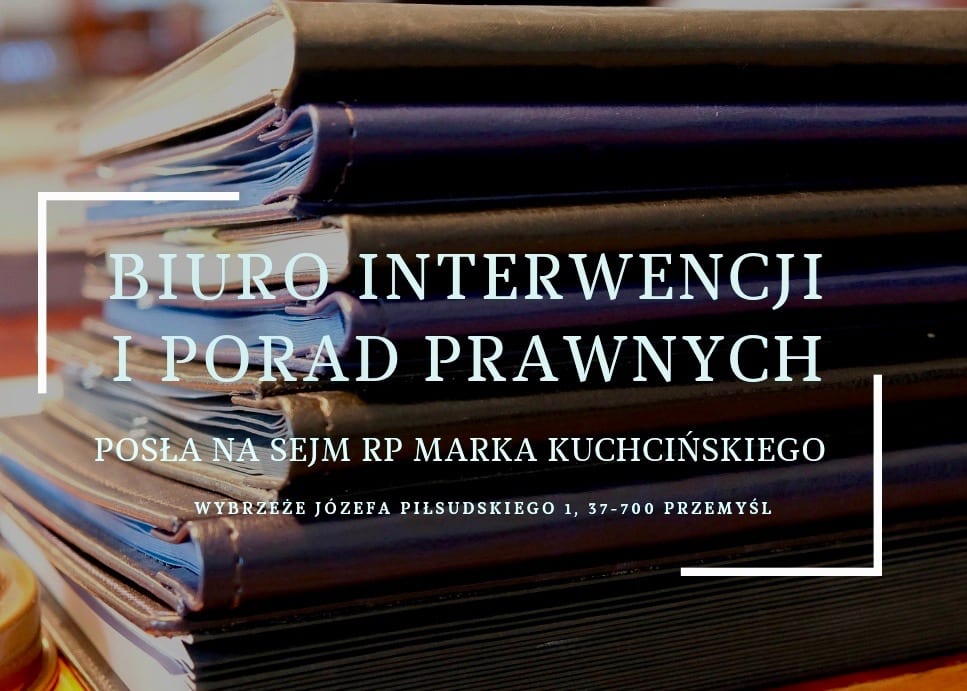Pole, Hungarian, two nephews. And to a battle with diseases and to a glass full of vitamins. Strange stories Kazimierz Funk and Albert Szent-Györgyi are still relevant today as we face an epidemic of a new coronavirus....

The role of vitamins is often belittled in the modern world. Since we have modern drugs, vaccines, medical apparatus, are any vitamins, which are not allowed to be said to cure, still important? We forget that they are not only important, but essential! Without them our body is unable to function properly. Imagine our body as a big machine that needs fuel. However, it is not enough to pour it with just energy (carbohydrates) and add some building blocks to keep the walls from collapsing (proteins). For this machine to work, it needs lots of other sources of power. Among them are vitamins. These are chemicals that are used by our bodies to regulate many different processes. Often their role is very complicated, because a vitamin entering the body is quickly converted to another compound, this compound triggers a specific reaction, which involves the production of another substance, and so on. Experts speak, therefore, of metabolic pathways, that is, pathways along which some (for example) vitamin travels, only in a changed form. Perhaps we would still know very little about this if it were not for a Polish researcher - Kazimierz Funk. It was thanks to Funk that the world heard the word "vitamin" at all. He created it when he discovered a previously unknown substance. It should be noted that Funk was no ordinary scientist. His thirst for knowledge was so great, and his skills so impressive, that he quickly climbed the scientific career ladder at leading scientific institutions. Already at the age of 16 he left Warsaw and began to study biology in Geneva. In 1900 he studied chemistry at the University of Bern. At the age of 20 he already had a doctorate and moved to Paris. From the Pasteur Institute he moved to a laboratory in Berlin, and when he lacked new knowledge there too, he went to London. At the Lister Institute for Preventive Medicine he works with another Pole Ludwik Rajchman. In the early 20th century, an epidemic of beri-beri seriously threatened many countries, mainly in the tropics, and seafarers. Some scientists argued that it was caused by a diet too low in protein. The problem often affected people whose meals consisted mainly of hulled rice. Funk did not ride this wave. He also looked at grains, but not the ones eaten by people (to tell the truth, it was also birds, because experiments were conducted on people and chickens), but what remained after rice was cleaned: bran. He isolated a strange substance in them. It contained an amino group. He reasoned that this group was life-giving and expelling it from the diet would lead to disorders. So he combined the words "amine" (amine group nitrogen) and "vite" life. He and Rajchman published a paper in which "vitamine", or vitamin, had just appeared for the first time. The bran substance was better studied by Funk and he eventually named it vitamin B, where the "b" came from beri-beri. What conclusion can we draw from this in the present day? Among other things, that the over-processing of food does not serve us well. Purified grains are deprived of important substances. Rice without the casing (bran) is deficient in vitamin B1. The world of science has understood thanks to Funk that it is necessary to look at food more carefully when analyzing it. Nowadays we can say about B1 that it helps in - proper functioning of the heart;
- contributes to the proper functioning of the nervous system; - contributes to the maintenance of normal metabolism; - helps maintain normal psychological functions.

And this is, after all, an example of just one vitamin belonging to the entire B group. Funk touched off an avalanche. More and more papers on vitamins began to appear. It turns out that some of them our machine can produce itself, but some of them it must receive from the outside. This is the case, for example, with vitamin C. Man is one of the few species on Earth that cannot produce it by itself. And it is needed. According to the unanimous opinion of scientists, at least for the following functions:
Helps with: - protection of cells from oxidative stress; - proper production of collagen for proper functioning of blood vessels, bones, cartilage, gums, skin, teeth; - proper functioning of the nervous system; - proper functioning of the immune system; - maintenance of normal psychological functions;
- regeneration of reduced form of vitamin E; - proper functioning of heart; - proper functioning of nervous system; - maintenance of proper psychological functions; - increases absorption of iron; - contributes to maintenance of proper energy metabolism;
- contributes to reducing feelings of fatigue and tiredness; - contributes to maintaining normal energy metabolism.
The list is impressive, and interestingly enough, this is just the tip of the iceberg that is the effects of vitamin C, which is called l-ascorbic acid by chemists. We might not have known anything about this acid if not for the other adventures of sailors and a Hungarian scientist: Albert Szent-Györgyi. Again, war is on the horizon. not just with disease, but the real kind. B1 would probably have taken longer to decimate civilians if not for the problem of military ships whose crews were dying before they even reached the battlefield. Beri-beri was not the only challenge. Sailors also struggled with scurvy. The symptoms were nasty: their gums bled, hair and nails fell out, and a simple cold could kill a weakened body. Ha! It's easier for us now to figure out what could have caused it. If we look a few paragraphs above, we can see that the functioning of the immune system of the skin, gums, teeth is related to vitamin C. Except that in the early 20th century, no one had such a list. It was not known at all what vitamin C was. It was only thanks to a Hungarian scientist that the mechanism of its action was known. In 1928, during painstaking research, Szent-Györgyi obtained a compound from extracts of adrenal glands, cabbage and oranges, which he called hexauronic acid (later named vitamin C). Its name also comes from the disease. Hexauronic acid was replaced by the name l-ascorbic acid precisely to emphasize the connection with antiscorbutic properties. The Hungarian was awarded the Nobel Prize in 1937 for his discovery. There is also another interesting character in this story: Tadeusz Reichstein. He is a Swiss of Polish origin, who was the first to synthesize vitamin C. Thanks to him, vitamin C can now be produced on a mass scale. Exactly the same as it is in plants.

One other name appeared earlier in this story. Rajchman. His achievements have influenced the fight against epidemics all over the world to this day. To Rajchman we owe, for example, the State Hygiene Institute (he founded it in 1919 as the State Central Epidemiological Institute in Warsaw). The Polish scientist wanted to share his knowledge with the whole world. Thus, in 1920-1921 he was a co-organizer of the Epidemiological Commission of the League of Nations. He also became a co-founder of UNICEF - the United Nations Children's Fund. Thanks to his persistence and tremendous work, between 1948 and 1951, some 30 million medical examinations were performed and 17 million vaccines against tuberculosis were delivered in 22 countries! He also spent many years in China, co-founding medical and epidemiological services there.
It can be said that the story of Rajchman, Funk and Szent-Györgyi has come full circle. The Poles and the Hungarian enabled the world to understand the importance of vitamins. Rajchman personally co-founded the Chinese health service. Today in the Middle Kingdom their achievements are used to fight coronavirus. Tens of tons of vitamin C are administered prophylactically, and in hospitals clinical trials are conducted to treat the infected with powerful doses of l-ascorbic acid.
text: Marta Olejnik








